“If you are importing injection molds from China or leveraging China’s Injection mold manufacturing services, there could be tariffs from your country. Understanding these tariffs ensures the perfect budgeting.”
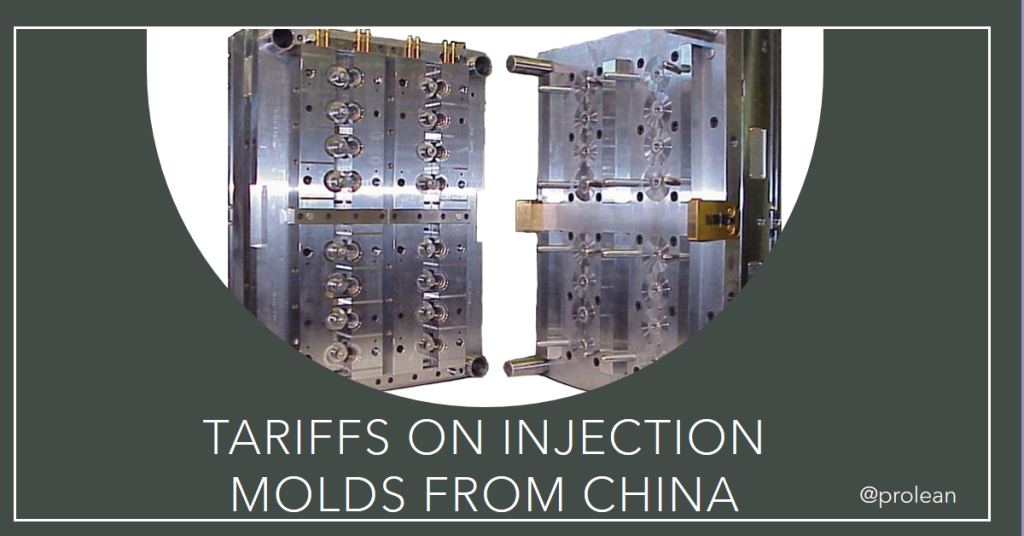
Chinese manufacturing industry caters to the global needs of diverse industries. Among the different services China exports, injection mold manufacturing is one of them. However, it is not excluded from tariffs when you order from outside China. Your country might impose some taxes on it while importing. These Tariffs on Injection Molds from China influence the injection molding cost dynamics and reshape strategic decision-making across the global supply chain.
Let’s discuss tariffs on China-made injection molds in detail, including recent tariffs, their impact on different aspects, and how China’s injection molding sector is adopting them.
First, Understand Injection Mold Costs in China
Injection mold costs in China can differ based on complexity, material choice, production volume, and labor costs. This variance highlights the need for businesses to thoroughly assess their project specifications when budgeting for mold importing or injection molding in China.
Complex designs and high-quality materials increase expenses, while larger production scales can reduce unit costs. Labor costs vary with skill level. Furthermore, tariffs and trade policies also impact the cost of importing injection mold products from China, affecting international market pricing.
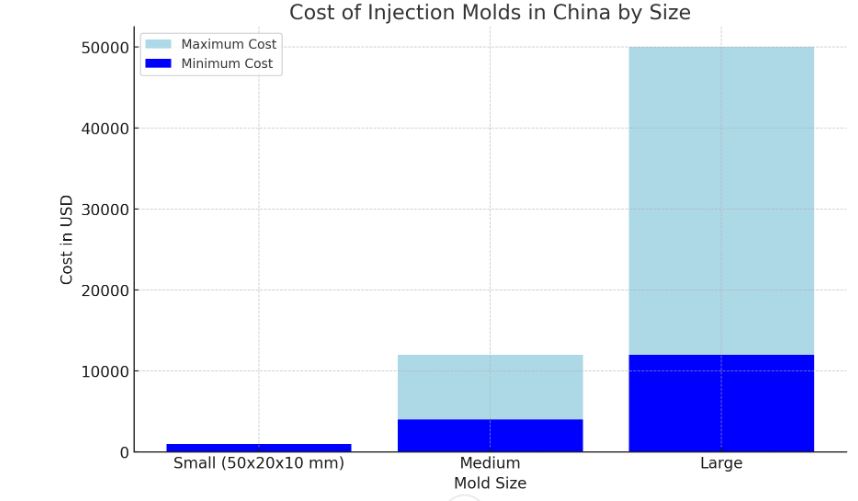
Cost of injection molds in china by size
The cost of injection molds in China starts at 1000 USD/Euros for small molds (such as 40x20x10 mm), which are suitable for creating small parts. The cost also rises accordingly as the mold size increases to medium and large sizes. For medium-sized injection molds, the cost ranges from approximately $4,000 to $12,000. The starting price exceeds $12,000 and can reach up to $50,000 for large molds, depending on the complexity of the design.
Related:
China Injection Molding Cost: Optimize your Budget
Six Injection Molding Types: Which One is the Best Option?
Overview of Tariffs on Injection Molds from China
Initially, the global market for injection molds was relatively tariff-free. This situation enabled China to become a dominant player in the industry, leveraging its low-cost On-demand manufacturing capabilities. Then, different countries started to impose tariffs on injection molds from China.
However, the trade dynamics have not shifted because of tariff imposition.
What are Tariffs Exactly?
Tariffs are taxes imposed by a government on goods imported from another country. They serve various purposes, such as protecting domestic industries from foreign competition, generating revenue, or responding to foreign trade practices.
For example, when a company in the Netherlands imports injection molds from China, it must pay an additional cost imposed by the Dutch government. This tariff increases the total cost of the imported molds, potentially making them less competitive against locally produced alternatives. The rate can vary based on trade agreements and political decisions.
Tariff Rates Are Always Same?
Tariff rates frequently change, influenced by shifting economic policies. So, the injection mold tariff from China often varies. These fluctuations stem from global geopolitical events and trade talks. Moreover, they reflect the evolving economic strategies of engaged nations. Consequently, businesses must stay updated on tariff rates.
Try Prolean Now!
Tariffs on China-made Injection Molds: The 2023 Scenario
In 2023, the landscape of tariffs on China-made injection molds presents a complex and evolving picture. These tariffs directly impact the cost and trade dynamics of these molds. The tariff rate keeps changing due to trade policies and international relations. Understanding this scenario requires a detailed look at current regulations and historical changes.
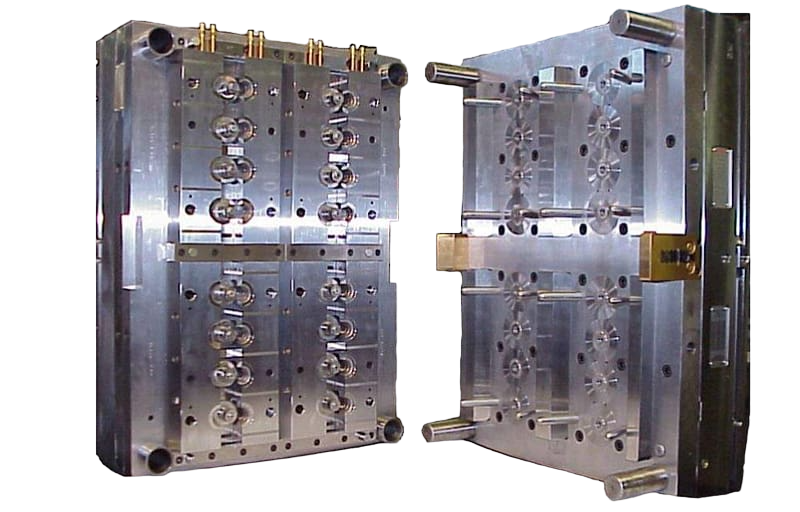
China-made injection mold
The United States classifies injection molds under HTS Code: 8480.71. This code specifically relates to molds for rubber or plastics, whether they are for injection or compression types. The tariff rate applied to these molds varies. It depends on the specific type and industrial use of the mold being imported. For general industrial products, the rate stands at approximately 5%. This rate aims to balance trade and protect domestic industries.
Historical Highs and Policy Implications
The year 2019 marked a significant point in tariff history. During this year, the tariff on molds reached an all-time high of 25%. This substantial increase was part of broader trade policies, designed to protect domestic production and limit the influx of cheaper imports. Currently, Tariffs on Injection Molds from China incur a rate of 3.1% based on their value. This tariff rate is not arbitrary. It is a strategic decision by U.S. trade policies. The goal is to safeguard domestic production against low-cost imports.
Effects of Tariffs on Injection Molds from China
The imposition of tariffs on injection molds from China has had diverse impacts, affecting manufacturers, importers, and the global supply chain. Each aspect of these effects warrants a detailed discussion.
Increased Cost of Production
The most direct effect of tariffs on Chinese injection molds is the increased cost of production. Tariffs essentially act as an additional tax on imported goods, raising the cost for importers. For a Chinese manufacturer exporting molds, their products become more expensive in the international market.
This increase in cost can be substantial, depending on the tariff rate. It affects not just the final price of the molds but also the strategic pricing decisions made by Chinese manufacturers. Companies might need to absorb some tariff costs to remain competitive, impacting their profit margins.
Shift in Supply Chain Dynamics
Tariffs also cause a significant shift in global supply chain dynamics. Importers in countries imposing tariffs might look for alternative sources to bypass these additional costs. This shift can lead to a re-evaluation of existing supply chains.
For the Chinese injection mold industry, this could mean a loss of market share in tariff-imposing countries. However, it might also open up opportunities in other markets where tariffs are not an issue, leading to a geographical diversification of their customer base.
Impact on Quality and Innovation
The need to offset the impact of tariffs has pushed Chinese manufacturers to focus more on quality and innovation. This focus on quality and innovation can lead to advancements in the manufacturing process and the development of new, more efficient, or more versatile types of molds. As a professional engineer working in the Chinese manufacturing industry,
“I see an increased emphasis on delivering superior quality products and innovative mold designs that offer more value to the customer to justify the higher costs due to tariffs”.
Changes in Competitive Landscape
Tariffs alter the competitive landscape in the injection molding industry. Chinese manufacturers may face increased competition from producers in countries not subject to the same tariffs. This situation can lead to a more level playing field, where factors other than price, such as quality, reliability, and service, become more critical in securing business.
This change can stimulate healthy competition, driving improvements across the industry. It demands innovation and improvement in offerings to maintain or grow the market share.
Impact on End-Users
The end-users of injection molds, primarily manufacturing and industrial companies, also feel the impact of these tariffs. The increased cost of molds can lead to higher production costs for these companies, which can be passed on to consumers in the form of higher prices for end products. However, this situation can also encourage end-users to seek more cost-effective solutions, potentially leading to innovations or changes in production methodologies.
How China’s Injection Molding Sector is Adopting Tariffs on Molds?
China’s injection molding industry has been facing challenges due to tariffs imposed by various countries. Despite these obstacles, the sector remains competitive by adopting innovative strategies and maintaining high-quality production. Let’s discuss How?
- Innovative Manufacturing Techniques: Chinese manufacturers are embracing advanced automation, including robotics and AI, to streamline CNC Machining, EDM Machining, and other production lines, resulting in more efficient processes and reduced labor costs. Concurrently, the implementation of lean manufacturing principles is helping to minimize waste and enhance overall efficiency.
- Cost-effective Material Sourcing: The industry has developed robust local supply chains for raw materials, focusing on domestic sourcing or importing from tariff-friendly countries. This strategy keeps material costs low and ensures a steady supply.
- Quality and Precision in Manufacturing: Despite adopting cost-saving measures, there’s no compromise on the quality and precision of the molds. Maintaining high manufacturing standards is a priority, ensuring that Chinese-made molds remain competitive globally.
- Diversification of Markets: In response to tariffs, Chinese companies are expanding their market reach, exploring new regions with lower or no tariffs on injection molds. This geographical diversification helps mitigate the impact of tariffs in traditional markets.
- Investment in Research and Development (R&D): Significant R&D investments are driving innovation in mold design and materials, enhancing product functionality and durability. This focus on innovation is key to maintaining a competitive edge in the global market.
- Enhancing Export Incentives: The Chinese government is supporting the sector through various export incentives, helping manufacturers partially offset the increased costs due to tariffs.
- Adopting Flexible Pricing Models: Manufacturers are revising their pricing strategies, offering more flexible payment terms and bundling services to provide added value. This approach helps in maintaining competitiveness under the changed tariff regime.
- Improving Supply Chain Efficiency: Enhancements in supply chain logistics are crucial for reducing lead times and transportation costs, thereby maintaining competitive pricing despite increased tariffs.
- Utilizing E-commerce Platforms: The strategic use of online marketing and sales platforms allows Chinese injection molding companies to reach a wider audience at lower costs, balancing the higher expenses resulting from tariffs.
Click here to download: Tariff Rates of Injection Molds in US
Try Prolean Now!
Does Tariff Make Injection Molds Expensive from China?
NO! Despite tariffs, China remains highly competitive in injection mold manufacturing. The additional costs introduced by tariffs do increase the overall price. However, China’s injection mold costs remain favorable compared to manufacturing costs in Europe and the USA.
Cost Comparison – China vs. USA/Europe
While tariffs do add to the cost, they don’t bridge the significant price gap between Chinese and Western manufacturers. Customers prioritize cost-effectiveness alongside quality. China’s ability to offer both keeps its market position strong. The global demand for cost-efficient molds ensures that Chinese products remain in demand, despite tariffs.
For Example, a medium-sized aluminum injection mold (400 X 200 X 50 mm) costs around $9,000 in China. Even with a 10% tariff, the total cost is significantly lower than in the USA, where manufacturing the same mold is 30-35% more expensive.

Table: Cost Comparison of Injection Molds after Tariff. Source
|
Mold Size (mm) |
Cost in China (USD) |
Tariff Rate |
Total Cost with Tariff (USD) |
Cost in the USA (USD) |
|
400 X 200 X 50 |
9,000 |
10% |
9,900 |
12,150 – 12,825 |
Chinese manufacturers use advanced machinery, resulting in efficient and cost-effective production. Next, labor costs in China are generally lower than in Western countries, contributing to lower overall manufacturing costs. Furthermore, High-volume production lowers per-unit costs.
We Balance the Injection Mold Tariff with Our Cost-effective CNC and EDM Machining Services
At Prolean, we recognize that tariffs can significantly affect the total cost of injection molds. To address this, we’ve strategically positioned our pricing to counterbalance these additional expenses. Our commitment is to ensure that, despite tariffs, our clients receive injection molds at competitive prices without compromising precision and quality.
We use CNC and EDM Machining technologies in mold making, which enable us to work with different materials, including steel and aluminum. Our latest equipment ensures that each mold meets the highest standards of accuracy and durability, which is crucial for high-quality injection molding.
Furthermore, Prolean offers a comprehensive suite of injection molding services. This includes everything from the initial design of the mold to the final stages of production and finishing of the molded parts. We handle the entire process, ensuring consistency and quality throughout.
Read more:
Summing UP
As we move through 2023, the injection molding industry faces a period of significant adaptation due to the evolving tariff situation on Chinese imports. If you consider tariffs on injection molds from China, you can strategically navigate the market and make informed decisions. The landscape is complex, but with careful analysis and strategic partnerships, you can effectively manage costs with tariffs.
FAQs
How much does injection molding cost in China in 2023?
The cost varies based on several factors, including tariffs, material costs, the complexity of the project, and labor.
What are the current tariff rates in the US while importing molds from China in 2023?
Currently, tariff rates for injection mold from China are 3.5%. However, it keeps changing from time to time and varies on the material used.
What is the current tariff rate in Europe while importing molds from China in 2023?
In 2023, tariff rates for injection molds from China range from 1.5% to 10%. It also keeps changing and varies on the material used.
How do tariffs impact the cost of China-made injection molds?
Tariffs increase the overall cost, affecting the pricing structure and supply chain.
Are there any legal considerations when importing from China amidst tariffs?
Yes, compliance with trade regulations and tariff codes is essential.
How can Prolean’s Injection Molding Cost Services help businesses?
Prolean offers cost-effective solutions and strategies to navigate the tariff-influenced market.
Resources
- HTSHUB. (2023). Harmonized Tariff Schedule (2023 HTS Revision 11). Retrieved from https://www.htshub.com/us-hs/detail/8480718045.
- Sortino, M., Motyl, B., & Totis, G. (2014). Preventive evaluation of mold production cost in aluminum casting. The International Journal of Advanced Manufacturing Technology, 70(1-4), 285-295. https://doi.org/10.1007/s00170-013-5273-6

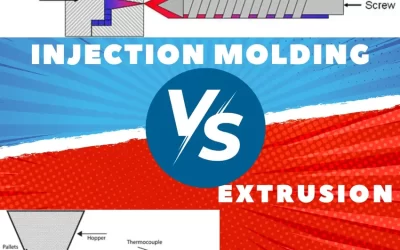
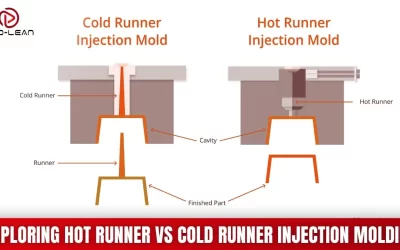
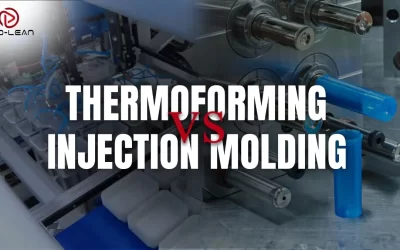
An intriguing discussion is worth comment. There’s no doubt that that you need to publish more about tarrif on injection molds to diffrent countries.
Sure, we will cover that also
Our firms imports injection molds from china, and I remember the situations. Now, the business is seamless.